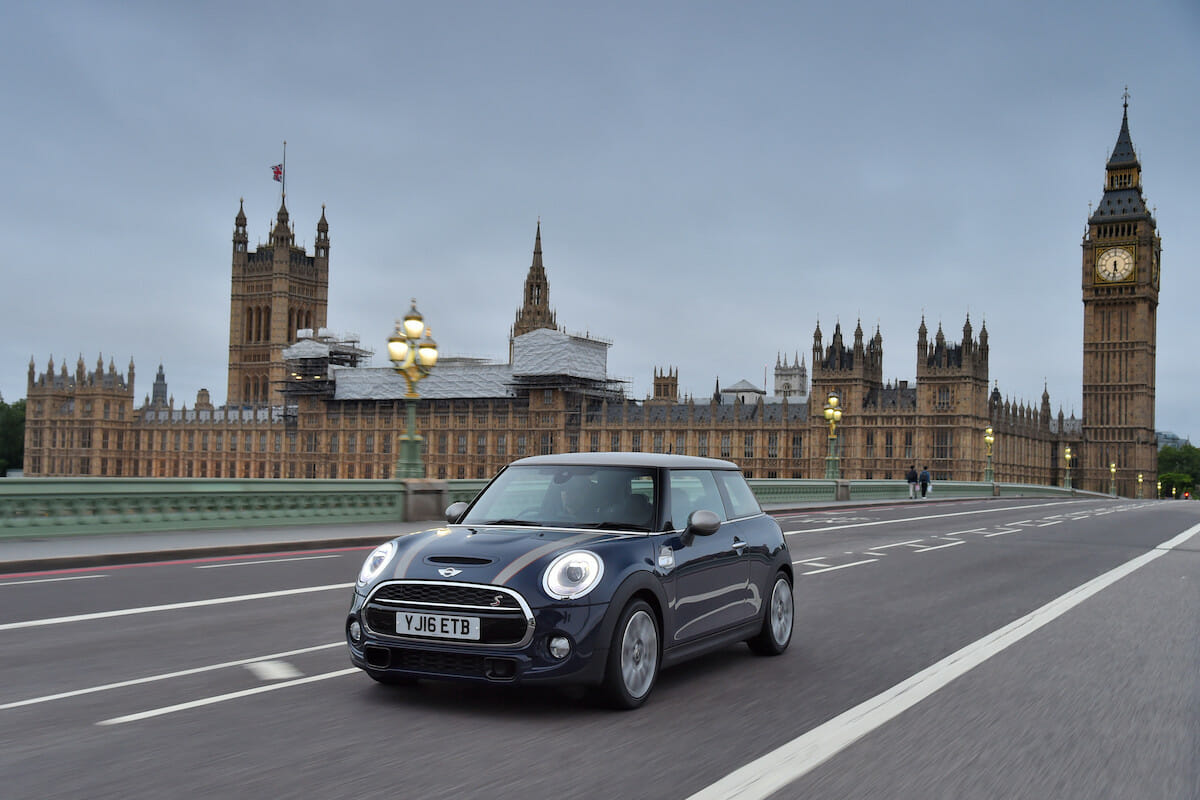
Buying a Mini isn’t just buying a car, it’s buying into a lifestyle. And there are plenty of national clubs that can make owning a Mini even more fun.
The late 1990s and early 2000s saw car companies around the world embracing nostalgia. Retro designs were all the rage on everything from the Volkswagen New Beetle to Ford Mustangs to the Fiat 500. Some have aged better than others; the PT Cruiser at the lower end of the scale, while the reimagined 20-year-old Mini Cooper still looks great today.
The genesis for what we now call, the Mini Cooper began with the Morris Car Company in 1957. The English company recognized the burgeoning oil crisis and the need for an affordable, fuel-efficient vehicle, able to carry four adults in reasonable comfort. Famed engineer Sir Alec Issigonis (pictured below at the Mini’s launch) was tasked with the challenge, and it is safe to say, he knocked it out of the park.
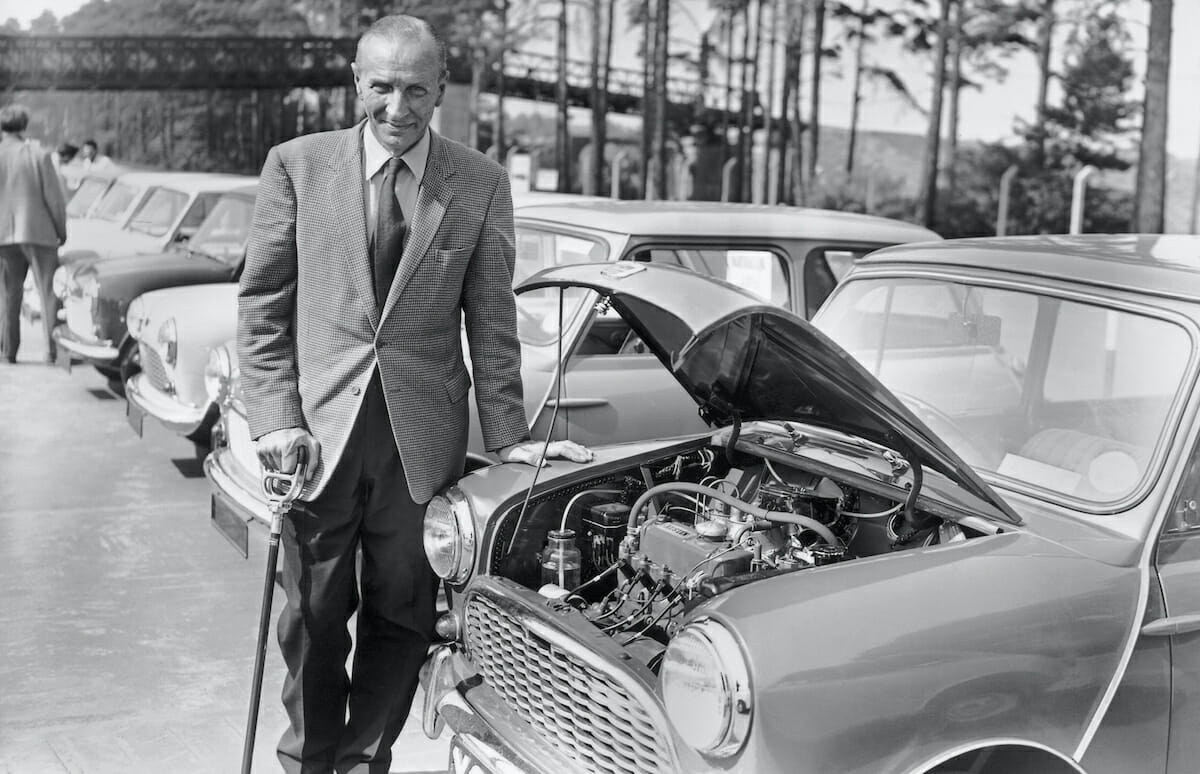
Often called England’s Beetle, it was cheap, fun, and transcended social class. Everyone from working-class families to movie stars owned and loved them. Today’s Mini is similar, although not necessarily known for being the cheapest option, and they still are one of the most fun cars on the road while also outshining their more pedestrian compact peers.
The second life of Mini began with BMW acquiring the brand in 1994. The Frank Stephenson-designed prototype debuted at the Paris Auto Show in October 1999 to nearly universal acclaim. Production versions went on sale in England and Europe in 2001, while North America’s Coopers began hitting dealerships in 2002.
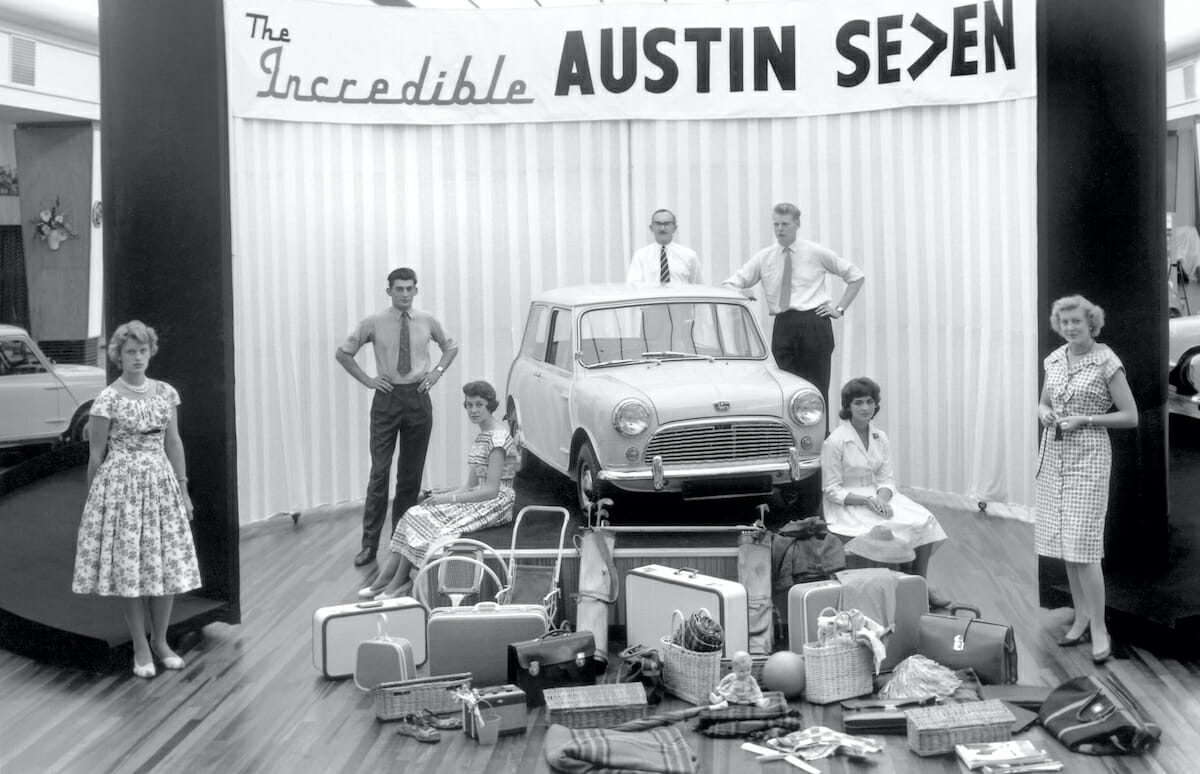
But, if you’re not looking at brand-new cars, what is the best Mini Cooper to choose from those two decades of production? For some insight, let’s check out its history of power and design as well as its reliability and recalls.
First-Generation Mini Cooper & Cooper S, 2002-2006
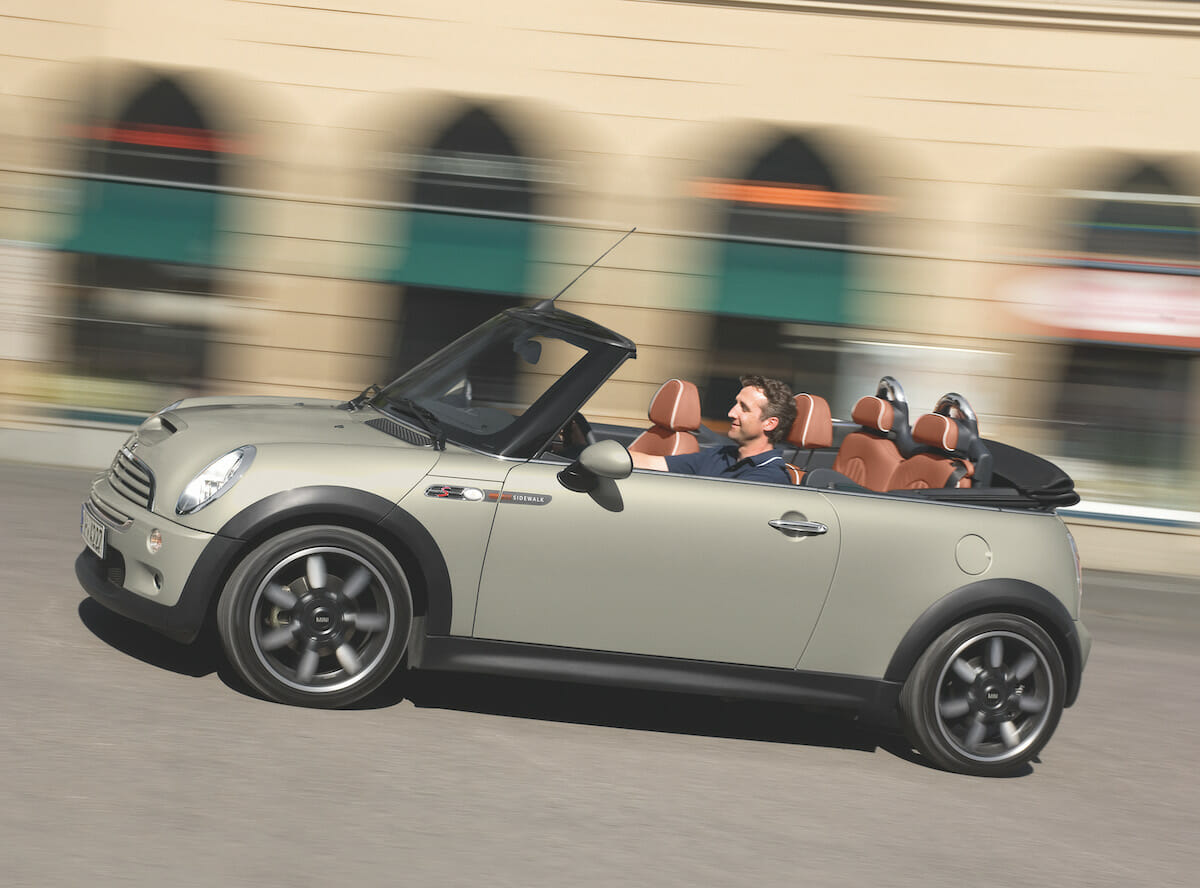
The launch of the 2002 Mini Cooper and Cooper S in American showrooms was nothing short of a spectacle. The Volkswagen New Beetle landed four years prior; it nailed the styling but somewhat under-delivered on driving fun. The Mini Cooper, however, hit every mark. The car looked fantastic and drove even better. The base model Cooper, chassis code R50, and the Cooper S R53, offer near-telepathic steering, quick throttle response, great visibility, and perfect seating position in an easy-to-drive, park-anywhere package.
First-Gen Mini Cooper: Problem Areas
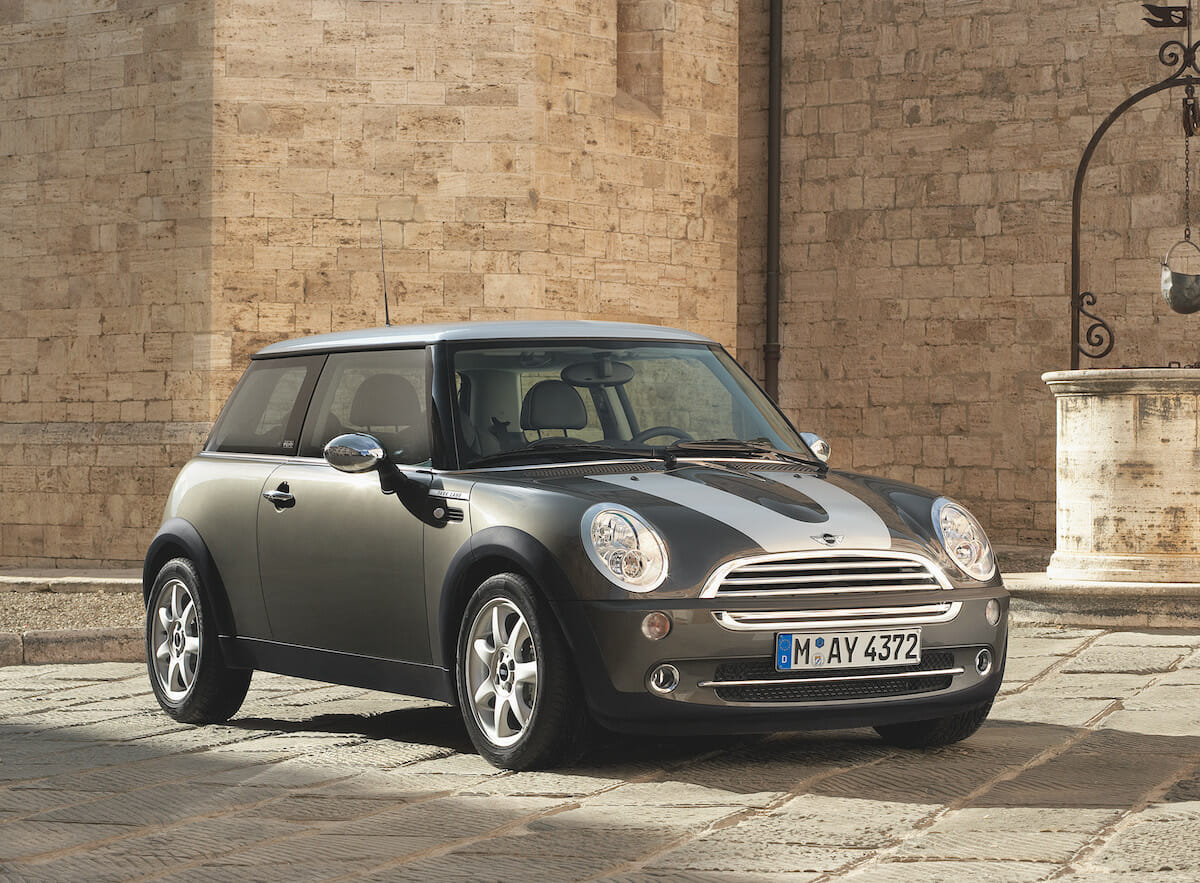
Problem areas on the first-generation cars are something to consider when weighing the ownership experience against the driving experience. The CVT automatic in the base cars had an exceptionally high failure rate, so much so that a class action lawsuit forced Mini to increase the transmission warranty to 150,000 miles. With the age of these cars, finding one without that many miles may be tough and a failed transmission requires complete replacement, which can easily exceed the total value of the car.
The Cooper S had a few problem areas as well. The power steering relied on an electric pump instead of the traditional belt-driven unit, they had a habit of failing. Likewise, the cooling system was known for both water pump and thermostat housing failures. These problems have been mostly cured with revised parts and because of the age of the cars, most should have the later parts by now.
Purists laud the first-gen car’s simplicity. Second-gen cars were bigger & heavier, but that also brought refinement & comfort.
Like most cars, you’re better off buying the latest car you can find. Besides having niggling problems ironed out, 2004-2006 models received mid-cycle updates which included a new headlight design, refined engine computer software, and a more durable interior.
Starting in 2005, both the Cooper and Cooper S were offered as convertibles. Somebody rigidity was lost and some weight gained, but that’s the price you pay for open-top motoring. The top mechanism itself is durable but complicated. If you plan on purchasing a convertible, thoroughly test the top’s function to see if it leaks.
Second-Generation Mini Cooper & Cooper S, 2007-2014
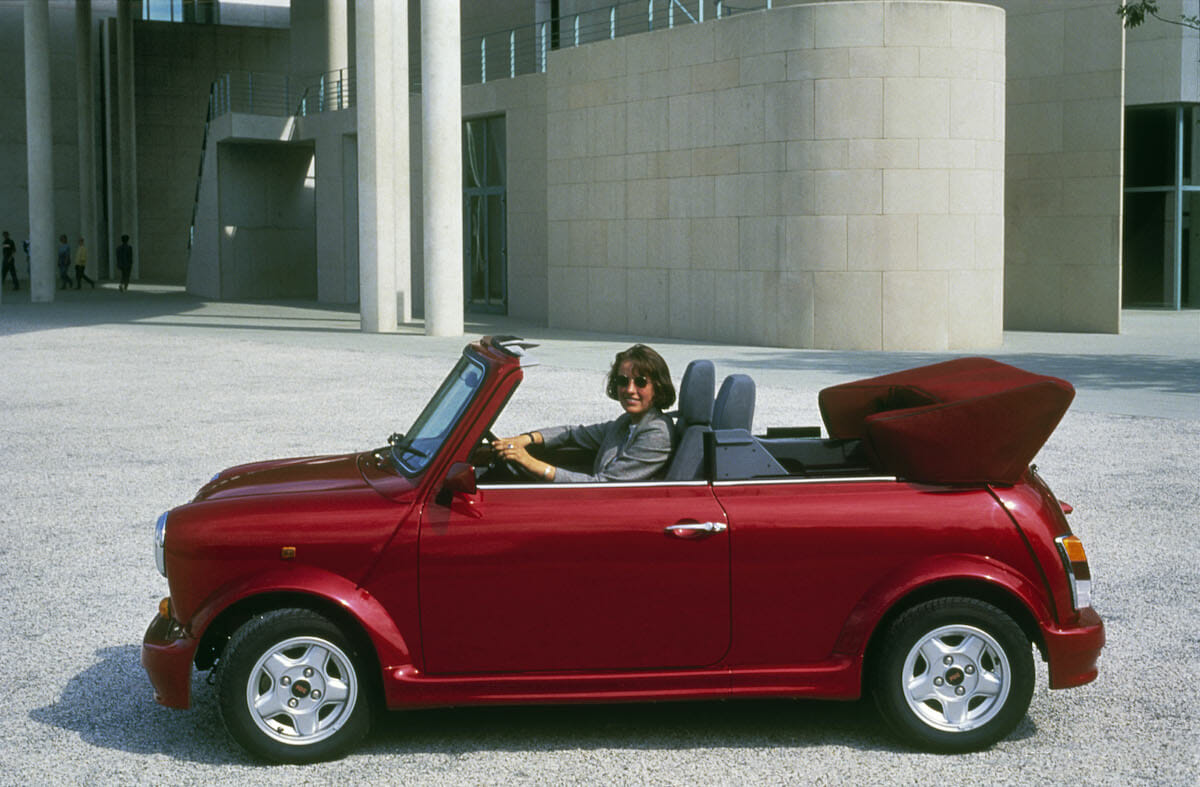
Most bands will tell you the second album is the hardest. Car designers will often echo this sentiment, especially if the first generation was an enormous success. Purists will tell you the first-gen car’s simplicity and undiluted driving experience make them the ones to own. The second-generation, chassis code R56, were in fact bigger and heavier, but that also brought some refinement and comfort.
For the 2007 model year, the Cooper and Cooper S models grew slightly in length, from 143.9 to 146.2 inches. The wheelbase stayed the same at 97.1 inches, but height and width were roughly the same. But, looking at the two side by side, the newer car is definitely bulkier. It feels that way behind the wheel as well. The car’s sharpness has been dulled some and it feels heavier. Turn-in is still quick and the car rotates nicely, especially compared to other small cars.
The biggest difference is under the hood. The Cooper S gave up the supercharger and replaced it with a turbo. Horsepower increased slightly from 161 to 172 hp, but the new engine delivers 177 lb-ft of torque at the barely off idle speed of 1600 RPM, making it better suited to American driving habits. The base Cooper’s numbers improved slightly making 118 hp and 114 lb-ft of torque. On top of that, both the base and Cooper S saw an increase in fuel economy over the cars of the previous generation.
For 2007, the Cooper & Cooper S grew slightly in length. But the newer car is definitely bulkier, and it feels that way behind the wheel.
Although both the naturally aspirated and turbocharged engines are much improved over the first generation, they still have a few weak points worth noting. The timing chains and tensioners were originally listed as lifetime parts. After a large number of catastrophic failures, and a class-action lawsuit, Mini extended the warranty from 50,000 to 100,000 miles. The good news is, most cars will have had the repair by now. Also, you can greatly improve the lifespan of your timing chain and tensioners by changing the oil regularly, far more regularly than the 15,000 miles originally recommended by Mini.
Other problem areas can be coolant leaks and heavy oil consumption. Regular maintenance can help with the coolant leaks, but the oil consumption issue is one of the charms of the car you’ll have to live with.
This generation saw Mini rapidly expand the model range. Besides the convertible, a lengthened hardtop, two crossovers, a coupe, and a roadster filled out the lineup. We will go more in-depth below.
Third-Generation Mini Cooper & Cooper S, 2014-Present
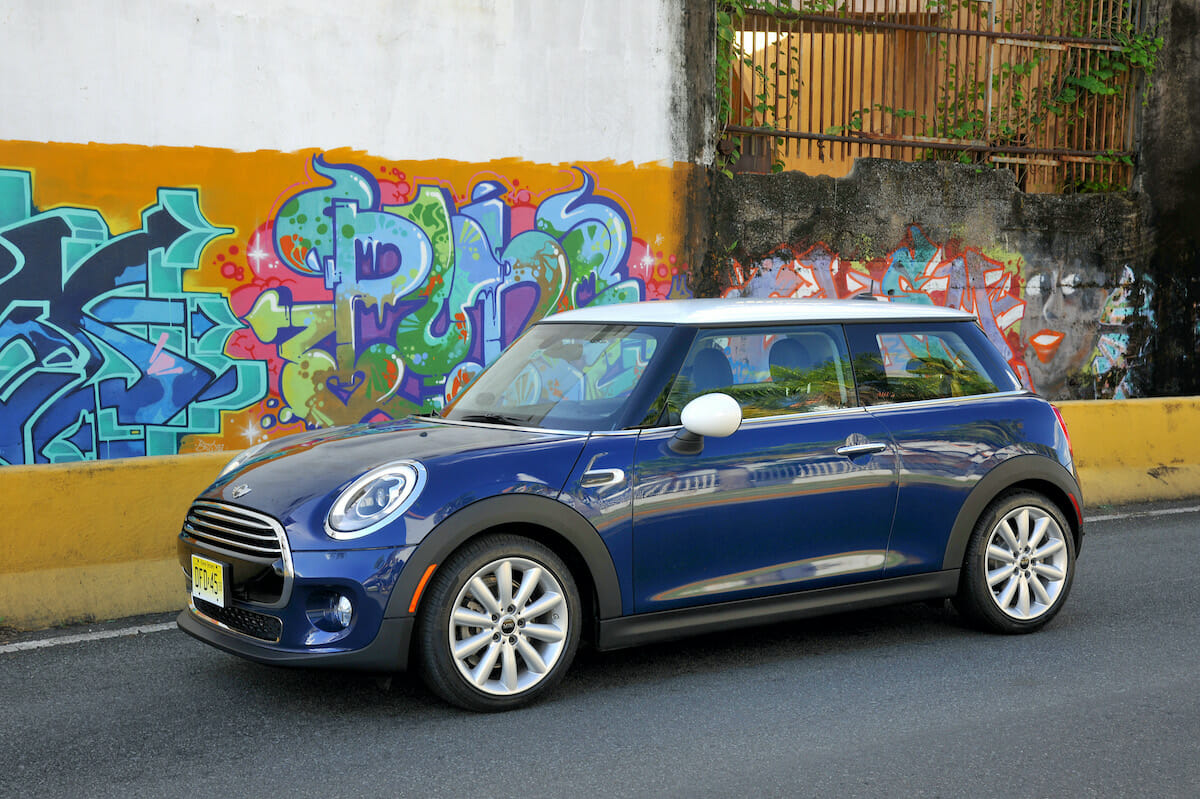
The temptation to make a niche car more appealing to the mass market is a constant threat to enthusiast models. The average driver wants refinement over edginess, ease of operation instead of involvement. Mini still ultimately answers to BMW corporate overlords when it comes to sales numbers and the third generation, F56, is definitely more mass market-friendly.
The Mini Cooper and Cooper S hardtop are now offered in both 3 and 5-door hatchback models. The interior looks a little more “normal” at this point and the driving experience is closer to a front-wheel-drive BMW than it is to the pint-sized English icon that inspired it.
Problem areas can be coolant leaks & heavy oil consumption. Regular maintenance can help with the leaks, but the oil issue is something you’ll have to live with.
The Cooper S has a turbocharged 2L I4 producing 207 lb-ft of torque at 1350 RPM and 189 hp. The base Cooper gets a turbocharged 1.5L I3 with 162 lb-ft of torque at 1480 lb-ft and 134 hp. Both models can be configured with either a 6-speed manual or a 7-speed dual-clutch automated manual transmission at no cost. Both engines require premium fuel and the base Cooper is EPA rated at 30 MPG combined while the Cooper S is rated at 27 MPG combined.
So far, these cars have proven to be fairly stout. The early-built cars had problems with crankshaft bearings. If you’re buying an early car make sure a record of a warranty repair exists. Earlier cars also suffered from leaking oil coolers, but again, this is a known problem and should have been handled under warranty.
How Many Mini Cooper Variations Are There?
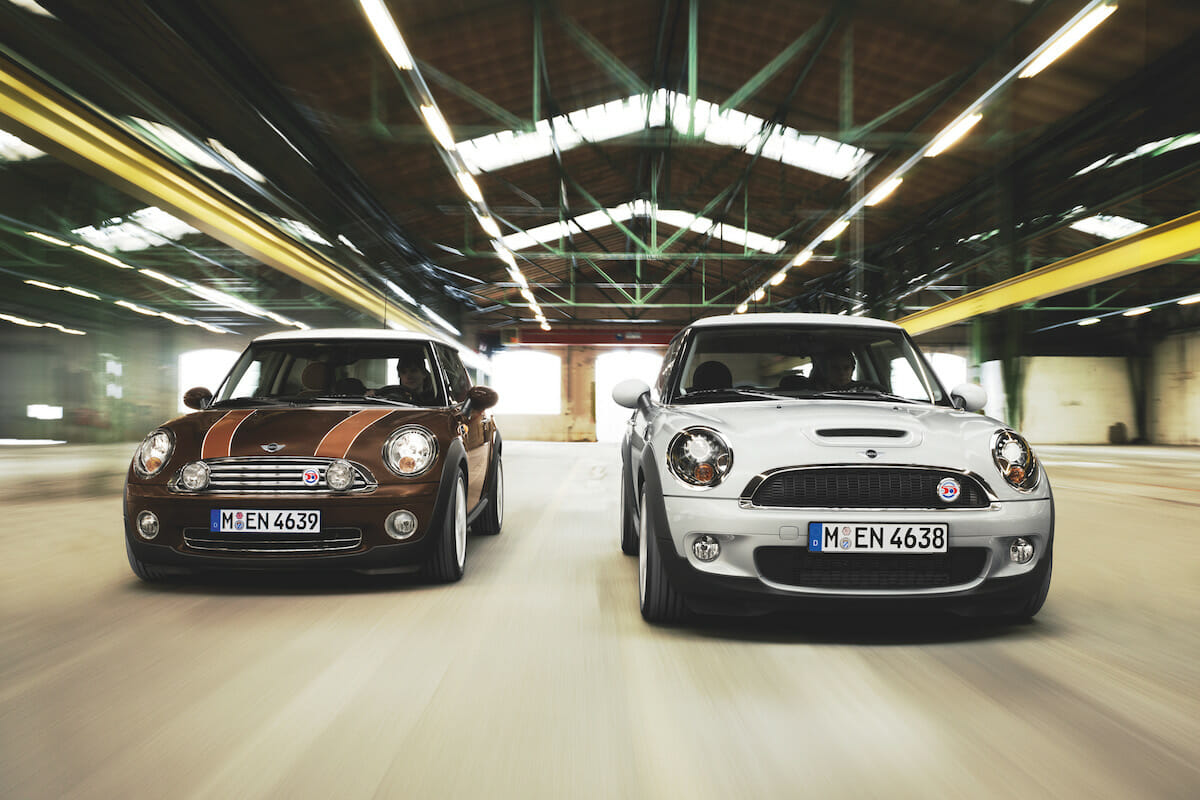
Starting with the first-generation cars, Mini offered a Convertible in both base and Cooper S trim. Every generation moving forward has offered a convertible, although its release normally lags behind the hardtops by a year or two. In the second generation, a lengthened Cooper called the Clubman offered a stretched wheelbase and rear cargo area. A small backward opening access door was added to the right side of the car, easing backseat entry and exit. The rear hatchback was also replaced with twin “barn doors” that swung out instead of lifting up.
By 2010, it was clear that the car market was SUV and crossover crazy leading Mini to introduce the Cooper Countryman, a four-door slightly lifted version that also offered all-wheel drive. A year later, Mini went the opposite direction and added a coupe and roadster version of the 2-door Mini. These cars had lower rooflines and no rear seats. For 2013, the Paceman tried to fill yet another micro-niche as the 2-door version of the Countryman.
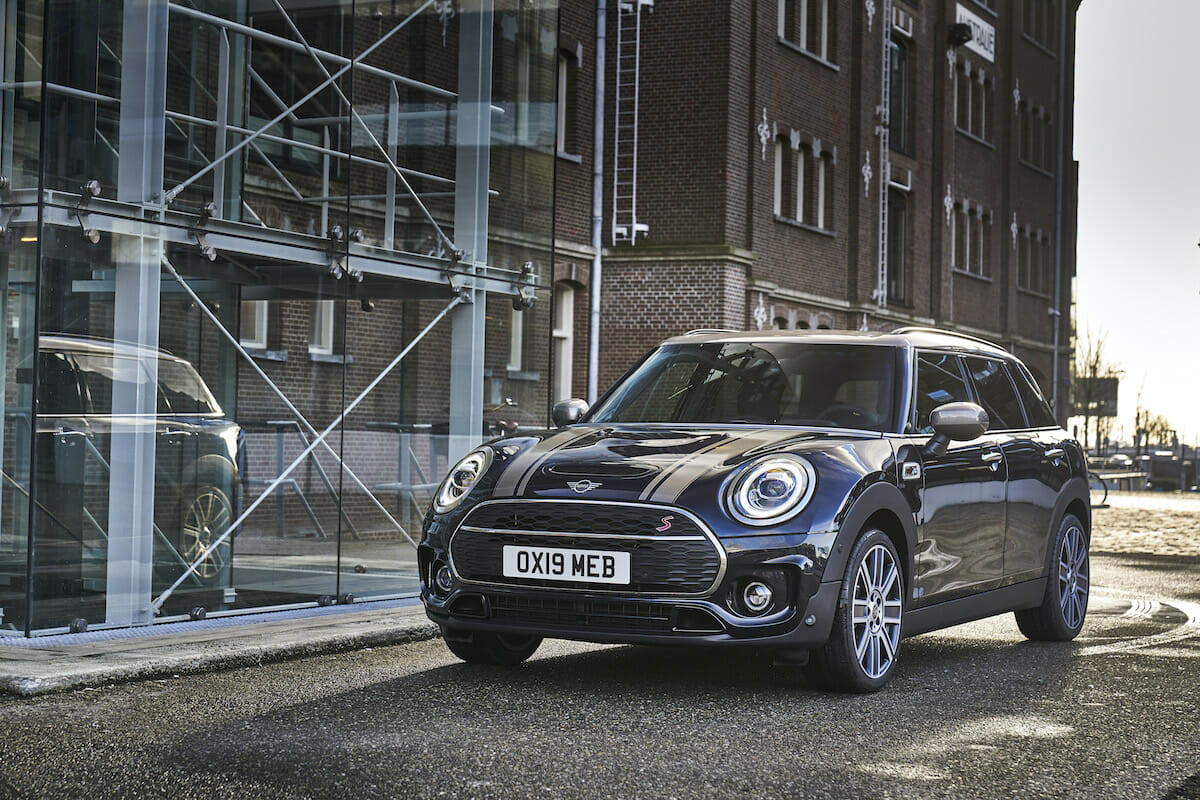
When the third-generation Cooper debuted, it showed in both three and five-door versions for both base and S models. The Clubman became a four-door model, but still with the barn-doors instead of the hatchback.
All three generations have offered a high-performance John Cooper Works GP edition. Limited to a few hundred units, these are sought-after collectibles with more power, stiffer suspension, and deleted backseats. They are rare on the used-car market and will demand a large premium when and if they do show up for sale.
What’s the Best Year of the Mini Cooper?
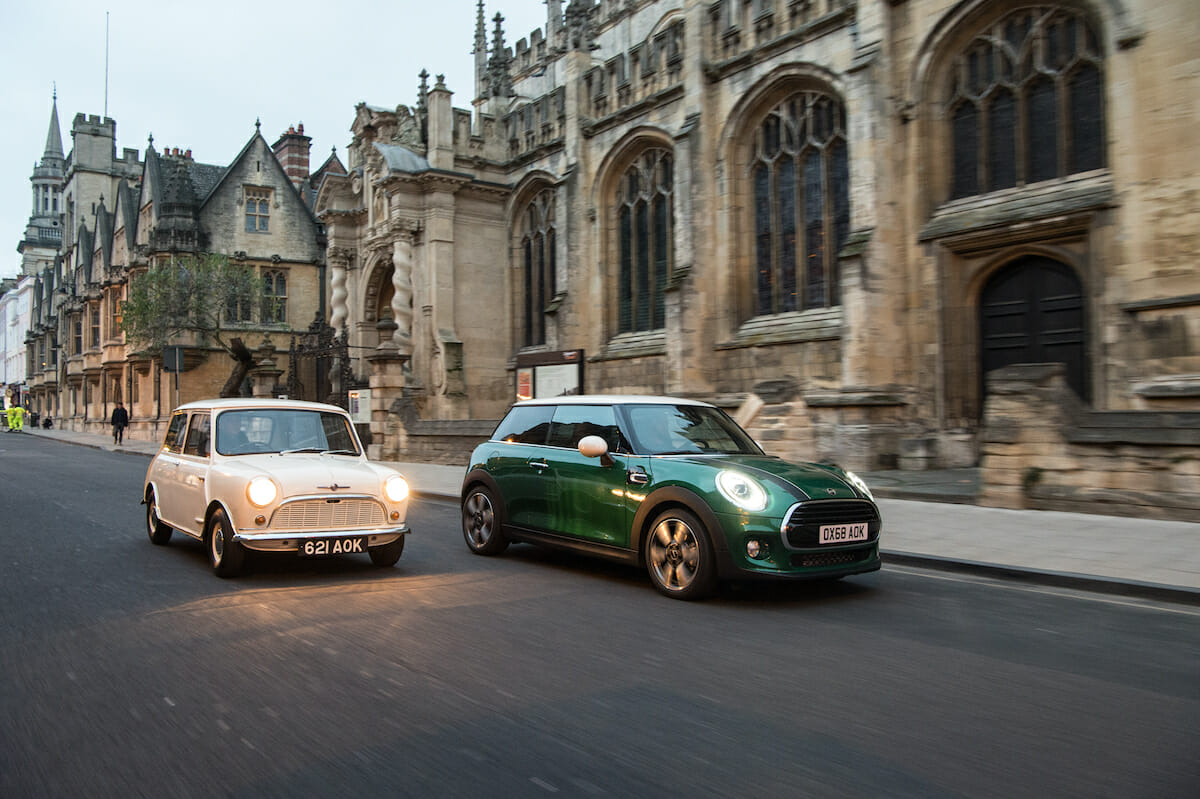
The base Coopers are powered by a naturally-aspirated 1.6L I4 producing 115 hp and 110 lb-ft of torque. Those numbers don’t sound like much in modern terms, but this is a car that weighs roughly 2400 lb. The base model was sold with either a 5-speed manual or an unreliable CVT automatic, more on that later.
The CVT automatic in the base first-gen cars had a high failure rate, so much so that a class action lawsuit forced Mini to increase the transmission warranty.
The Cooper S is the faster, more premium model, powered by a supercharged 1.6L producing 161 hp and 155 lb-ft of torque. The only transmission available at launch was a six-speed manual. In 2005, Mini added an optional six-speed automatic with steering-wheel-mounted paddle shifters. While the Cooper S’s automatic is more reliable than the base car’’ CVT, it does make a considerable impact on performance and driving enjoyment.
So, Which Mini Cooper is Right for You?
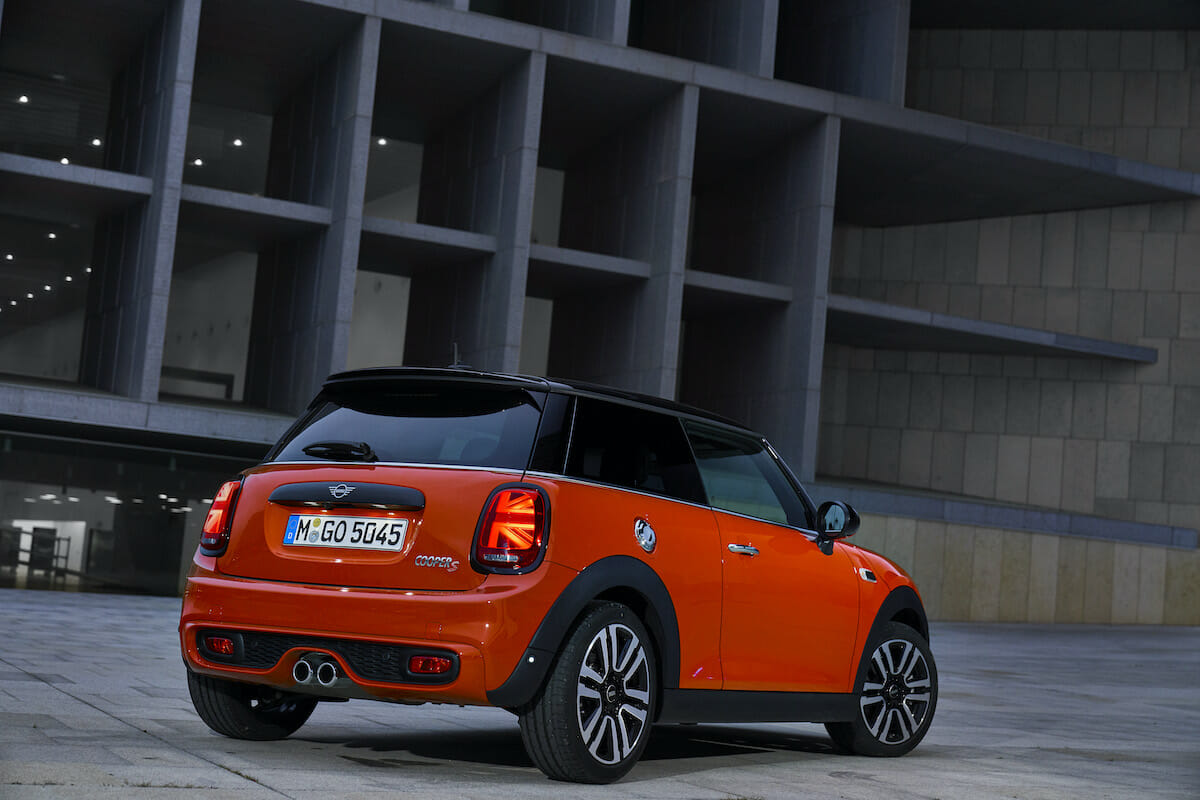
Obviously, your first question is, what is your budget? According to Kelly Blue Book, first-generation cars range from $2,500 for a decent base Cooper up to $10,000 for a low-mile, well-cared-for Cooper S. These cars will give the most aggressive driving experience. They feel the smallest and lightest, with the downside of being the least refined. The supercharged engine has a completely different power delivery than the later turbocharged cars, and we would recommend buying either the base or the S with a manual transmission.
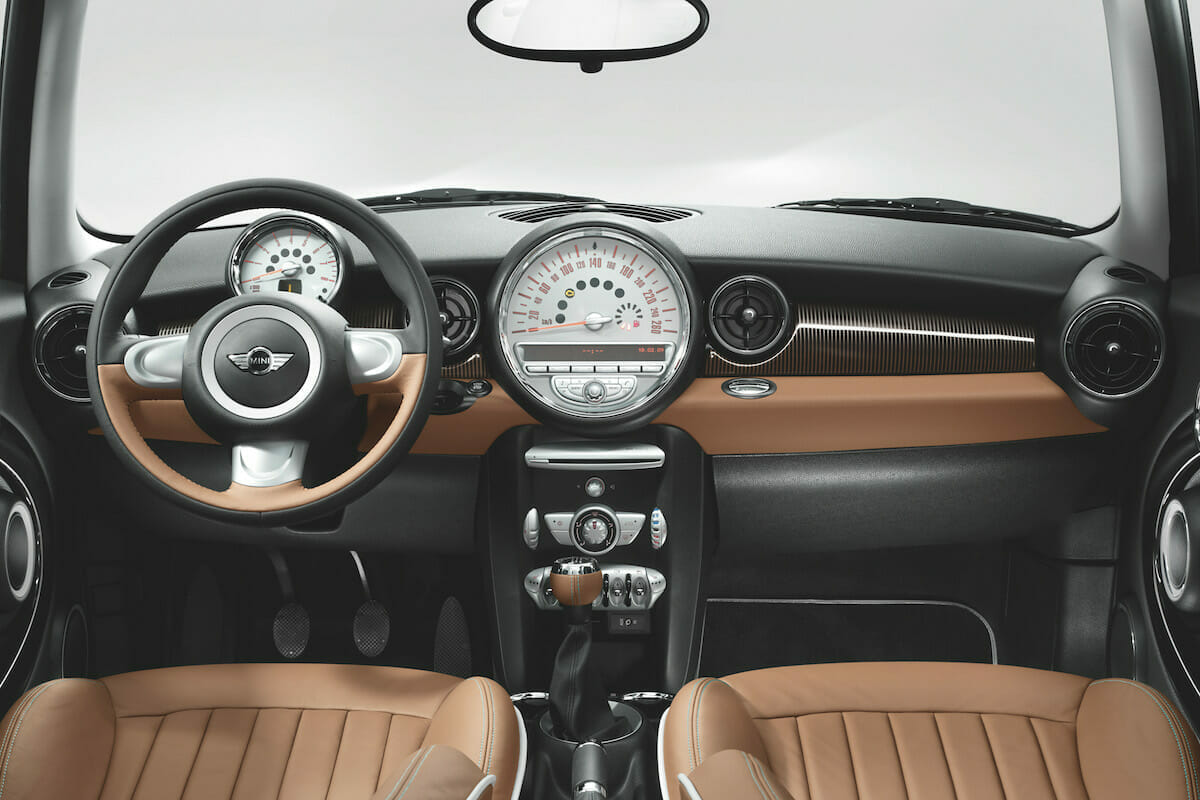
The second-generation cars still offer a great driving experience not available in most of the competitive set. The second-generation base Cooper will start around $4,000 with values of favorably optioned and well-cared-for examples of later Cooper S cars reaching $12,000 or so. We would stay away from first-year cars and would also recommend finding a good local independent repair facility, which should be far more affordable than the dealership.
The John Cooper Works GP edition cars are rare on the used-car market & will demand a large premium if they do show up.
If you love the Mini retro styling but want something that feels truly modern then the third generation may be for you. Many of these cars can be purchased with an existing factory warranty or Certified Pre-Owned. Base Model cars will start a little under $10,000 while a well-optioned Cooper S lease return can be upwards of $25,000.
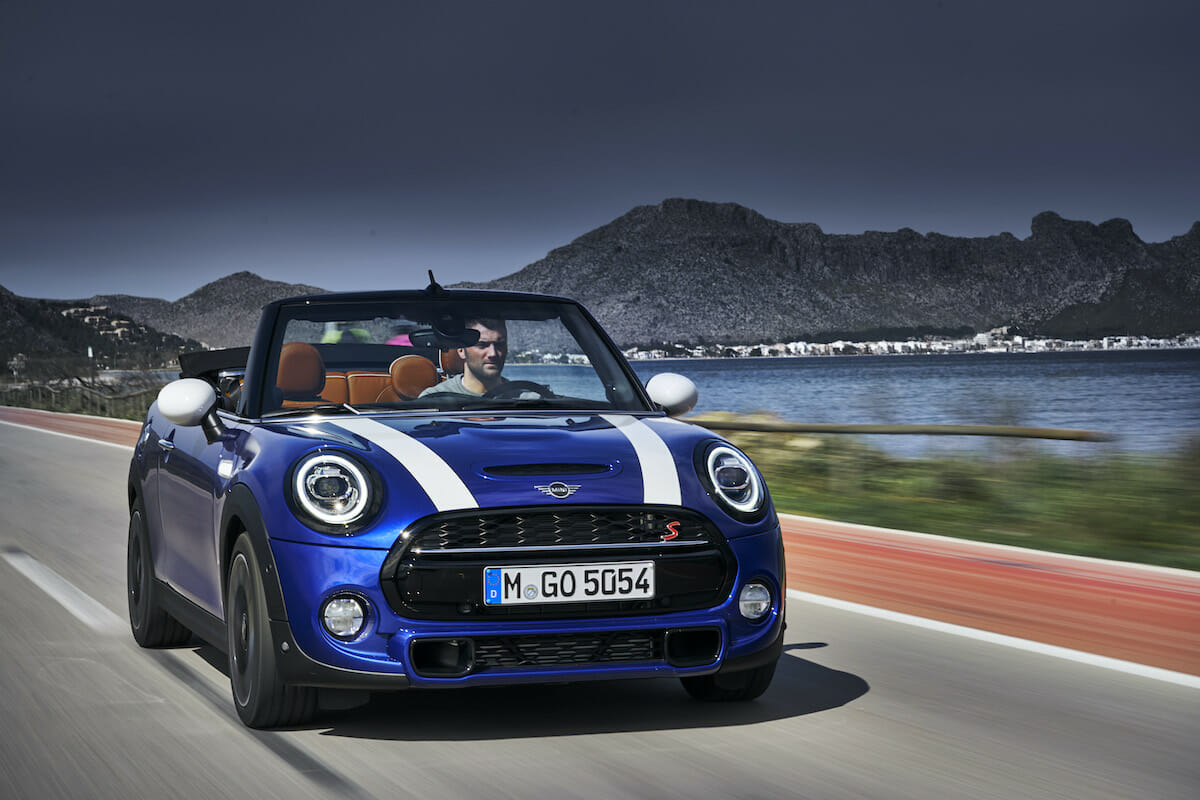
As with any used car purchase, the most important thing you can do is spend a few hundred dollars on a Pre-Purchase Inspection, or PPI, from a reputable shop. It is disappointing to spend the money and find out you don’t want to buy the car, but a few hundred dollars spent on a PPI can save you thousands in the end. You should also run a VIN check to get the car’s background and history. Always keep in mind, these are enthusiast cars and come with all the smiles and tears associated. There are plenty of clubs both local and national that can make owning a Mini easier and more fun. Buying something like a Mini isn’t just buying a car, it’s buying into a lifestyle.
Photos: Mini
